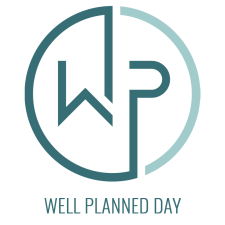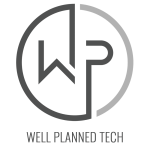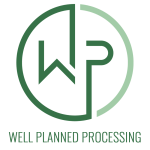The ESA Earthquake: From Policy to Purchasing Power
How funding shifts are reshaping homeschooling and redefining the market
When Policy Becomes Purchasing Power
For a long time, homeschooling operated on the edge of scarcity. Families stretched every dollar, passed curriculum around co-ops, and hoped used book sales would carry them through another year.
I know this firsthand. As a mom with five children in seven years — a third grader, a first grader, a preschooler, a toddler, and a newborn all at once — homeschooling on a single income stretched us thin in every possible way. Every purchase was a calculation. Every curriculum choice came with tradeoffs. Had Education Savings Account (ESA) funding been available back then, it would have changed everything. Not just because of the money, but because of the relief. With less stress, I could have focused more on teaching and less on juggling expenses — which means a better education and a calmer home.
Funding, after all, isn’t only about buying curriculum. It’s about lifting the constant financial weight that distracts parents from the work they’re trying to do: educate their children. While technology keeps advancing, raising and educating children has never been more expensive. ESA doesn’t erase every obstacle, but it shifts the ground beneath families, giving them room to breathe.
That’s why I call ESA an earthquake. Because for the first time, policy isn’t just theory. It’s purchasing power.
School Choice Funding Programs
School choice isn’t new. The idea has been around for decades — Milton Friedman proposed vouchers in the mid-20th century, envisioning a system where families direct public funds toward the education of their choice. On paper, simple. In practice, the gap between theory and reality was big.
Early experiments appeared years later. In the 2000s, some California charter schools offered homeschoolers per-student stipends — small compared to today’s ESA accounts, but groundbreaking at the time. For the first time, families experienced resources following the student. It wasn’t perfect, and it stirred debate, but it planted a seed.
In 2011, Arizona launched the first official ESA program — modest, limited, and far from universal, but a proof of concept: money could sit in a parent-managed account and be used for homeschool materials, tutoring, and more.
Growth after that was uneven. A few states followed with variations of vouchers, stipends, or scholarship programs. Families in those places saw glimmers of what was possible while others watched from the outside. For more than a decade, school choice looked like a patchwork — hopeful, but incomplete.
COVID and the Acceleration
Exclusive Client Access
I hope you’ve enjoyed this look at how ESA funding is transforming homeschooling from scarcity to strategy. In the full article, we explore how Well Planned Advertiser helps vendors move beyond simply being listed — shaping influence before the login, guiding families through ESA marketplaces, and turning policy shifts into real purchasing power.
Our Marketing Insights Division is home to a growing library of in-depth research, strategy frameworks, and case studies built from over two decades of homeschool industry expertise.
These resources are reserved for active Well Planned Advertiser clients, providing exclusive access to:
- Deep market intelligence on the values, history, and mindset shaping homeschool families
- Proven strategies for reaching parents across digital, print, and community channels
- Insights on shifting education trends, funding models, and emerging marketing technologies
- Forward-looking analysis to help brands anticipate change and position for long-term growth
If you’re not yet a client, you can still preview a portion of each article below — or book a strategy call to learn more about partnership access.
About the Author
Rebecca Scarlata Farris
With nearly 35 years in the homeschool world — first as a student, then as a mom of five, and now as a business owner — Rebecca has dedicated her career to helping families thrive. She launched Family magazine, created the first Well Planned Day Planners, and pioneered digital conventions and tools that reshaped how homeschoolers connect and learn.
Today, as the founder of Well Planned Advertiser, she blends her deep community insight with technology and strategy to build systems that help homeschool businesses reach families with precision.






